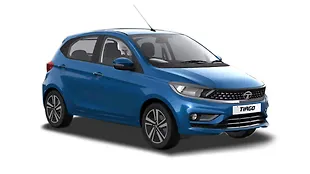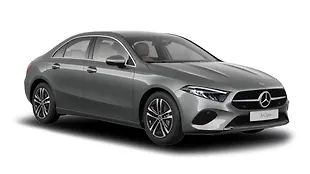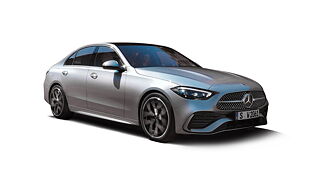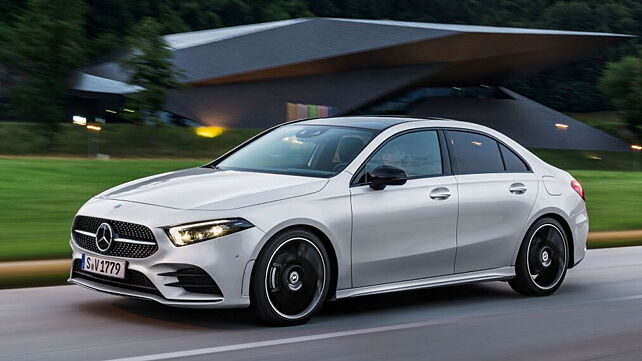
- Longer and slightly higher than the hatchback version
- New visual and feature upgrades
- To be revealed at Paris Motor Show
German car manufacturer, Mercedes-Benz has released the first set of images for the production ready A-Class sedan in the country. The vehicle will compete against the likes of the Audi A3, Volvo S60 and the BMW 1-Series. The Mercedes-Benz A-Class with a saloon inspired design will be showcased in its production form at the Paris Motor Show in September.

It is believed that the A-Class will be offered in petrol as well diesel engine options. The petrol version badged as the A 200 gets a 1.3-litre, four-cylinder engine that generates 161bhp of power and 250Nm of torque. The diesel version on the other hand gets a 1.5-litre, four-cylinder engine that produces 114bhp of power and 260Nm of torque. Both the variants will get seven-speed dual-clutch automatic transmission as standard.
As compared to the standard A-Class hatchback, the A-Class sedan is 130mm longer and 6mm taller and it now measures 4,549mm in length and 1,446mm in height. The rest of the dimension remains unchanged as the new A-Class measures 1,796mm in width with a wheelbase of 2,729mm. This means that the new A-Class sedan only offers slightly better legroom for the occupant as compared to its hatchback sibling. The company claims that the sedan version of the new A-Class has improved dynamics which has helped reduce drag coefficient by 0.22. The company claims the vehicle has the lowest aerodynamic drag as compared to any production vehicle globally.

The sedan offers 420 litres of boot space, which is about 50-litres more than the hatchback version. Internationally, the base version will be offered with dual seven-inch displays for the driver's instrument binnacle and infotainment system, while the mid-tier package will offer a seven-inch display paired with a 10.25-inch unit. In addition to safety features like ABS and EBD, the vehicle borrows semi-autonomous driver assistance system from the S-Class in the form of an adaptive cruise control system that uses map and navigation data that proactively adjusts vehicle speed as soon as the vehicle approaches bends, intersections and roundabouts. The vehicle will also get autonomous emergency braking with pedestrian and cyclist detection, active lane-keep assist between 60kmph and 200kmph, along with the Pre-Safe Plus which pre-empts an imminent rear-end collision and "firmly applies the brakes" to minimise the risk of injuries by reducing the forward jolt caused by a rear impact.

![Mercedes-Benz A-Class [2015-2019] Image Mercedes-Benz A-Class [2015-2019] Image](https://imgd.aeplcdn.com/272x153/cw/ec/20954/Mercedes-Benz-A-Class-Right-Front-Three-Quarter-61539.jpg?wm=0&t=142625563&t=142625563&q=80)
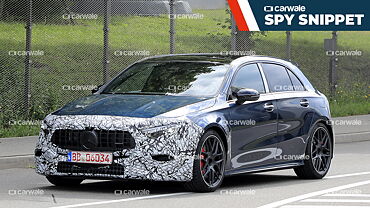

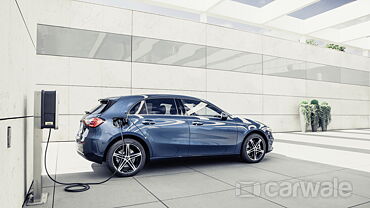





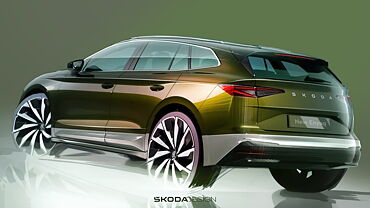


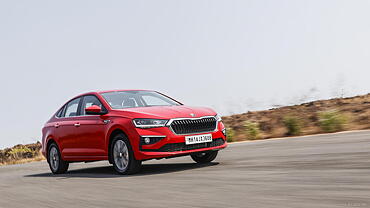



![Mercedes-Benz A-Class [2015-2019] Right Front Three Quarter Mercedes-Benz A-Class [2015-2019] Right Front Three Quarter](https://imgd.aeplcdn.com/199x112/cw/ec/20954/Mercedes-Benz-A-Class-Right-Front-Three-Quarter-61539.jpg?v=201711021421&q=80)
![Mercedes-Benz A-Class [2015-2019] Exterior Mercedes-Benz A-Class [2015-2019] Exterior](https://imgd.aeplcdn.com/199x112/cw/ec/20954/Mercedes-Benz-A-Class-Facelift-Exterior-61265.jpg?v=201711021421&q=80)
![Mercedes-Benz A-Class [2015-2019] Engine Bay Mercedes-Benz A-Class [2015-2019] Engine Bay](https://imgd.aeplcdn.com/199x112/cw/ec/20954/Mercedes-Benz-A-Class-Engine-Bay-61606.jpg?v=201711021421&q=80)
![Mercedes-Benz A-Class [2015-2019] Interior Mercedes-Benz A-Class [2015-2019] Interior](https://imgd.aeplcdn.com/199x112/cw/ec/20954/Mercedes-Benz-A-Class-Interior-61607.jpg?v=201711021421&q=80)
![Mercedes-Benz A-Class [2015-2019] Dashboard Mercedes-Benz A-Class [2015-2019] Dashboard](https://imgd.aeplcdn.com/468x263/cw/ec/21569/MercedesBenz-AClass-Dashboard-64486.jpg?v=201711021421&wm=1&q=80)


